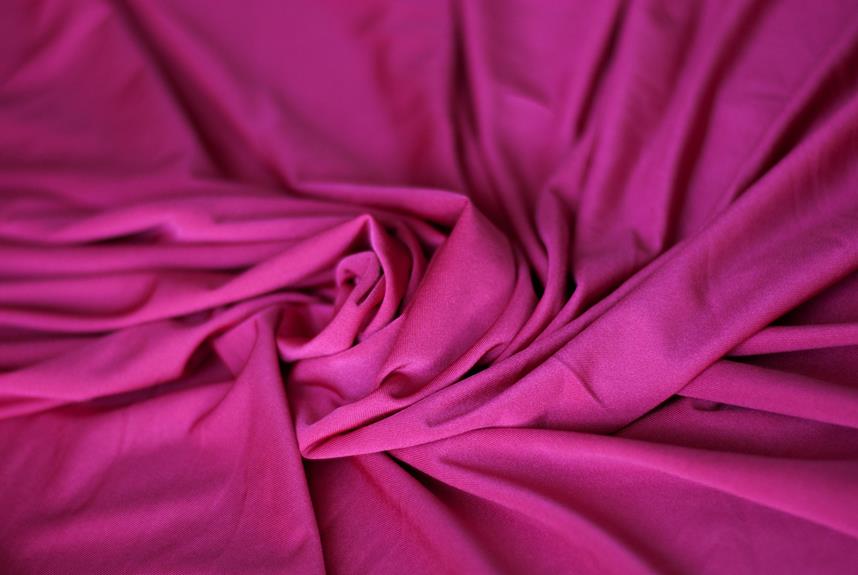If you've noticed that your fabrics feel stiff or have a strange residue, it's likely due to fabric softener buildup. You might be wondering how to effectively remove this residue without damaging your clothes. Start by considering a simple vinegar solution, but that's just the beginning. You'll also want to explore different methods for treating stubborn buildup and preventing future problems. What you discover next could significantly enhance your laundry routine and keep your fabrics feeling fresh and soft for longer.
Table of Contents
Key Takeaways
- Mix one part white vinegar with three parts water, spray or soak fabrics, and let sit for 15-30 minutes to dissolve residue.
- Soak garments in a solution of half a cup of baking soda and a gallon of warm water for 30 minutes to loosen stubborn buildup.
- Wash clothes in the hottest safe water for the fabric type, adding a cup of white vinegar during the rinse cycle for better residue removal.
- Use less fabric softener in future washes, or switch to a less residue-prone type to prevent buildup.
Identify the Residue Problem
If you've noticed a sticky film or a lingering scent on your clothes, you might be dealing with fabric softener residue. This residue can build up over time, especially if you use liquid softeners frequently or add too much during laundry. It can leave your fabrics feeling less fresh and even cause them to smell musty.
To confirm that you're facing this issue, check for any visible signs on your laundry. Is there a waxy coating on your towels or clothes? Does your laundry feel less absorbent? These are strong indicators of residue buildup. Additionally, if you've washed your clothes multiple times and the scent persists, that's another clue.
Pay attention to your fabric types, too. Natural fibers, like cotton, often hold onto softener residue more than synthetic fabrics, which can affect their overall performance.
Taking the time to identify this problem is crucial before trying any cleaning methods. By recognizing the signs early, you can prevent further buildup and restore the freshness of your laundry.
Once you know what you're dealing with, you can move forward with effective solutions to tackle the residue.
Use Vinegar Solution
A vinegar solution is a simple and effective way to break down fabric softener residue on your clothes. To make this solution, mix one part white vinegar with three parts water in a spray bottle or a basin. If you're using a spray bottle, you can target specific areas where the residue is most noticeable.
Before you start, test the vinegar solution on a small, inconspicuous area of the fabric to ensure it won't cause any discoloration. Once you're sure it's safe, spray or soak the affected areas with the vinegar solution. Let it sit for about 15 to 30 minutes to allow the vinegar to penetrate and loosen the residue.
After soaking, wash your clothes in the washing machine as usual. Use the hottest water safe for the fabric to help remove any lingering residue. If you still notice some fabric softener buildup, repeat the process.
Vinegar not only helps to break down the residue but also leaves your clothes smelling fresh. This natural solution is a great alternative to commercial products, and it's safe for most fabrics, making it a go-to remedy for stubborn softener problems.
Try Baking Soda Treatment
Baking soda is another powerful option for tackling fabric softener residue on your clothes. This natural deodorizer and cleaner can help break down the residue without damaging your fabrics.
To get started, grab a container and mix half a cup of baking soda with a gallon of warm water. Stir it well to ensure the baking soda dissolves completely.
Next, soak the affected garments in this solution for about 30 minutes. This soaking process allows the baking soda to penetrate the fibers, loosening any stubborn residue. After soaking, gently agitate the clothes in the water to further assist in lifting the buildup.
Once you've done that, rinse the garments thoroughly with cool water. This step is crucial as it helps wash away both the baking soda and any loosened fabric softener residue.
Finally, you can wash the clothes as you normally would, using your preferred detergent.
You'll likely notice a significant improvement in the feel and smell of your fabrics. With just a little effort and some baking soda, you can restore your clothes to their original softness and freshness.
Wash With Hot Water
Washing your clothes with hot water can effectively dissolve fabric softener residue clinging to the fibers. The heat helps break down the waxy buildup, allowing it to rinse away more thoroughly than with cold or warm water. When you load your washer, make sure to set it to the hottest safe temperature for the fabric type; check the care labels if you're unsure.
Before you start the wash, consider adding a cup of white vinegar to the rinse cycle. Vinegar is a natural fabric softener and can further help eliminate any stubborn residue. If you're washing a large load, you might want to run a second rinse cycle to ensure all the fabric softener is washed away.
After the wash, check your fabrics for any lingering residue. If you still notice some, you can rewash them in hot water again, possibly with a bit of laundry detergent to aid in the removal process. Once clean, dry your clothes as usual, but avoid using fabric softener in the future to prevent this issue from recurring.
With these steps, you'll restore your fabrics to their original softness and freshness.
Prevent Future Build-Up
To prevent future fabric softener build-up, consider using less product or switching to a different type that's less likely to leave residue. Many people don't realize that using too much softener can lead to a sticky film on your fabrics. You can also adopt some practices that will keep your laundry fresher and residue-free.
Here are a few tips to help you avoid build-up:
- Dilute the fabric softener: Mix it with water before adding it to the wash to reduce concentration.
- Use dryer balls: They help soften clothes naturally without leaving any residue.
- Opt for vinegar: Adding a cup of white vinegar during the rinse cycle can soften fabrics and eliminate odors without the build-up.
- Wash in hot water occasionally: This helps to break down any existing residue from previous washes.
Frequently Asked Questions
Can Fabric Softener Residue Cause Skin Irritation?
Yes, fabric softener residue can cause skin irritation for some people. If you notice redness or itching after using products with softeners, you might want to reduce usage or switch to hypoallergenic alternatives for comfort.
How Often Should I Clean My Washing Machine?
You should clean your washing machine every one to three months, depending on usage. Regular maintenance prevents buildup, keeps your machine running efficiently, and ensures your clothes come out fresh and clean every time.
Is It Safe to Mix Vinegar With Detergent?
Mixing vinegar with detergent isn't recommended. It can neutralize the detergent's effectiveness, reducing cleaning power. Instead, use vinegar separately in the rinse cycle for odor removal and fabric softening benefits without compromising your detergent.
Will Fabric Softener Residue Affect My Dryer Performance?
Yes, fabric softener residue can affect your dryer's performance. It builds up in the drum and vents, reducing efficiency and potentially causing overheating. Regular cleaning helps maintain optimal function and prolongs your dryer's lifespan.
Can I Use Essential Oils Instead of Fabric Softener?
Yes, you can use essential oils instead of fabric softener. They'll add a pleasant scent and can help freshen your laundry. Just mix a few drops with water in a spray bottle before adding it to your wash.
- Why Is Wool Often Considered a Four-Season Fabric? - June 7, 2025
- The Science of Staying Warm: It’s Not Just the Fabric, It’s the System - June 7, 2025
- How Does High Humidity Affect Different Types of Clothing Fabrics? - June 7, 2025







